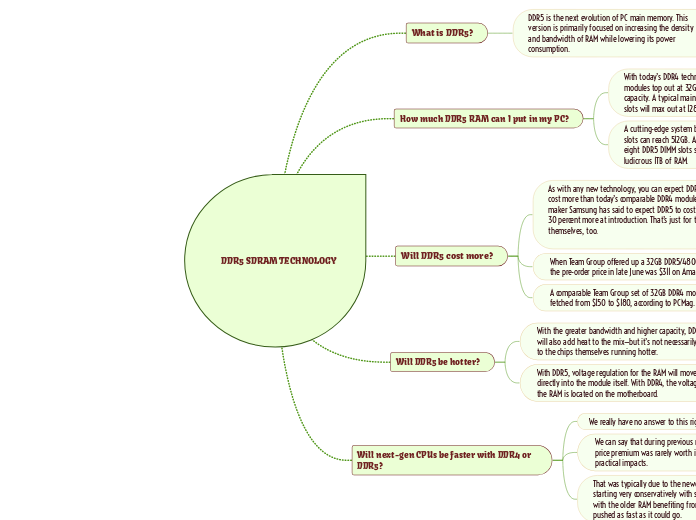door Moisés Cardona 1 jaar geleden
121
DDR5 SDRAM TECHNOLOGY
DDR5 SDRAM represents the latest advancement in PC main memory, emphasizing increased density, bandwidth, and reduced power consumption compared to its predecessor, DDR4. As with any emerging technology, DDR5 is expected to be pricier, with estimates suggesting at least a 30%









